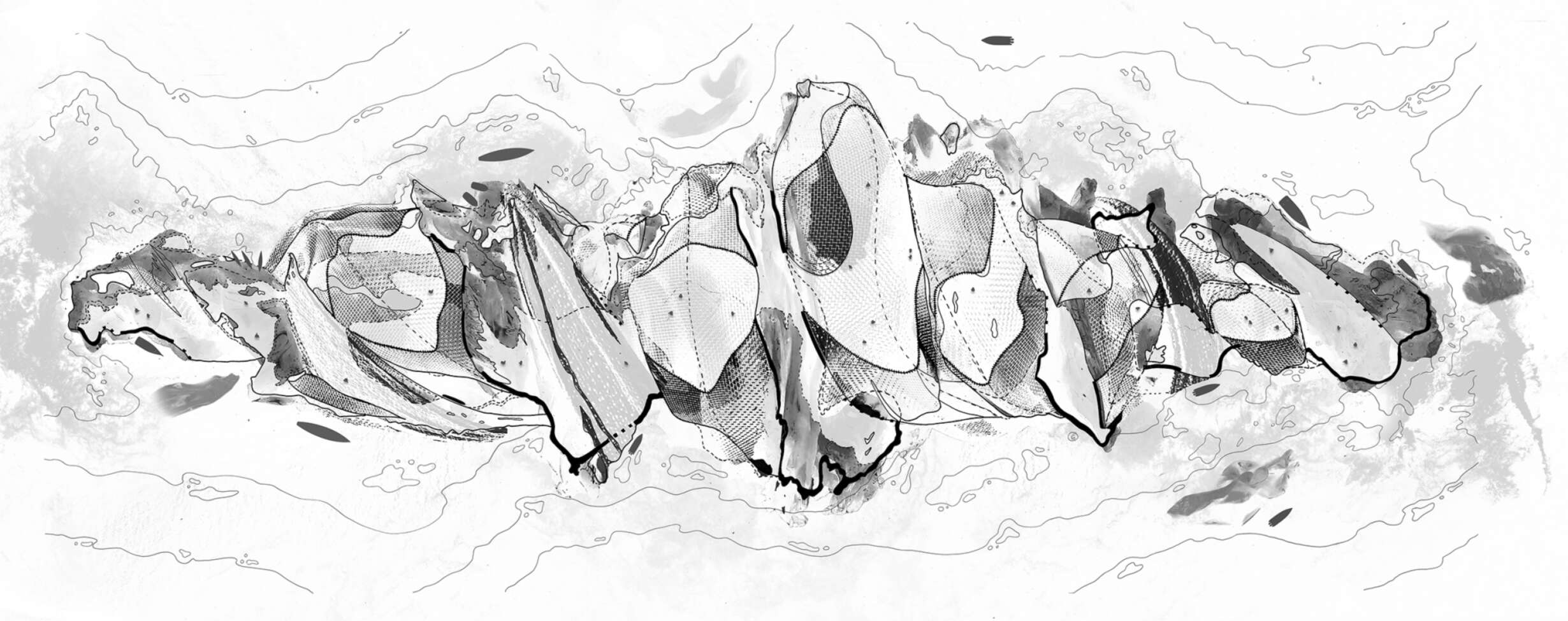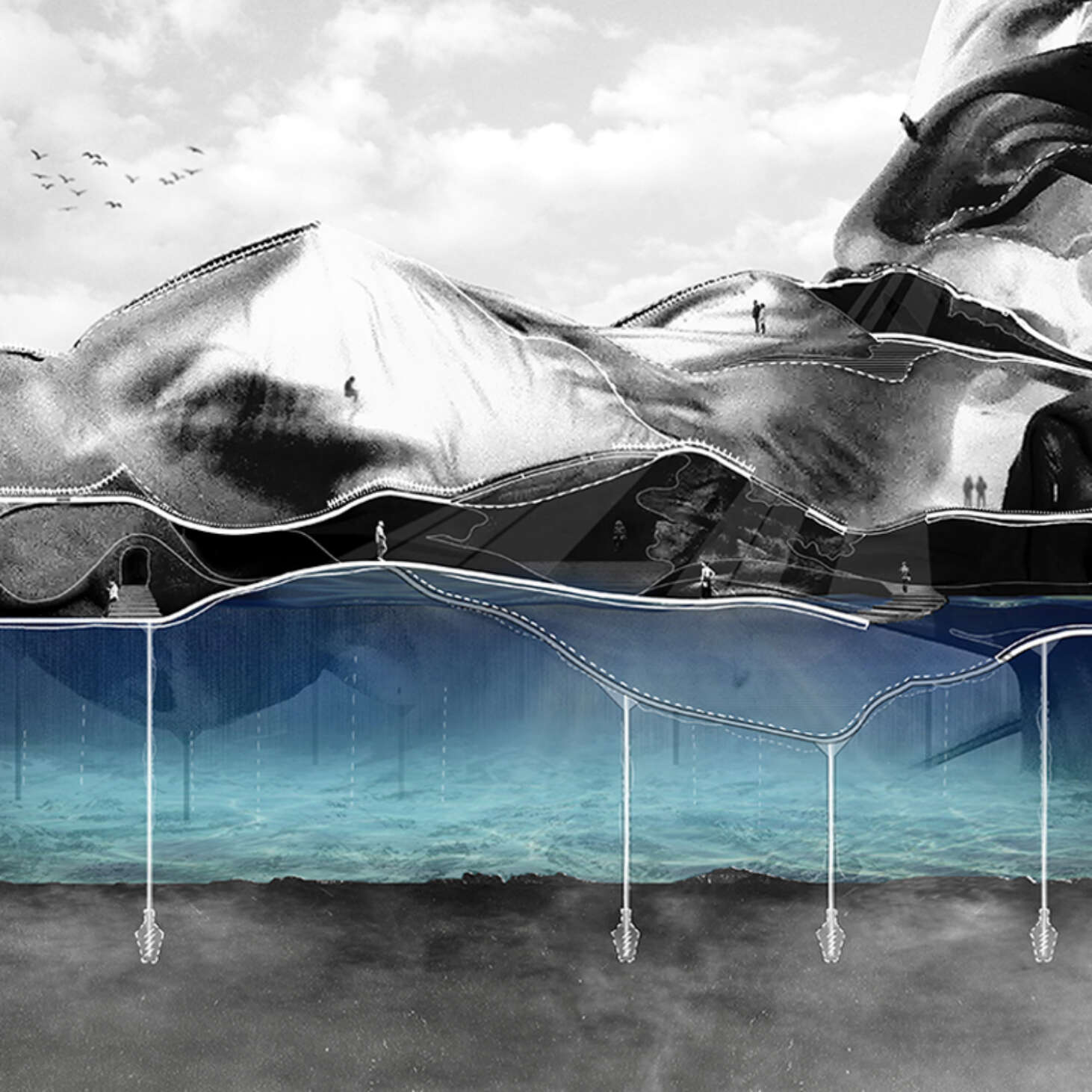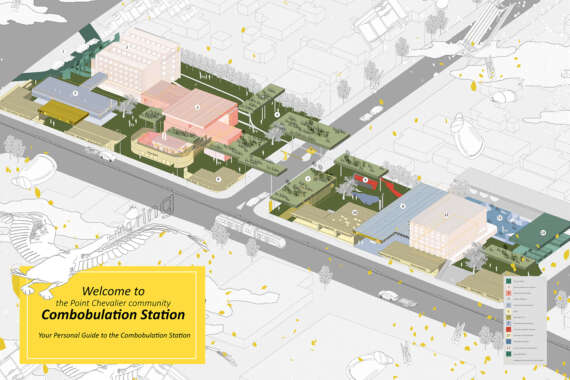The Architecture of Flow

This thesis theorises architecture as a product of shifting identities, rather than a changeless and hermetic built form. It identifies the complex condition of 'flow' constantly channelling people, nature, weather and energy, and the condition of 'change' that transforms all things through time.
Research question:
How can we change the way we design architecture within the natural environment by taking into consideration the ceaseless state of flow to which the physical world is subject?

















